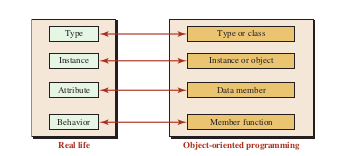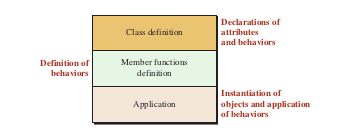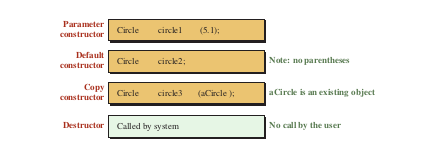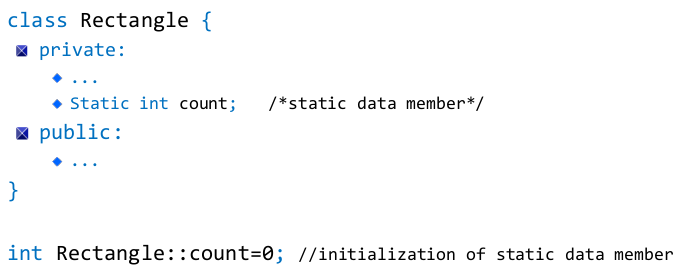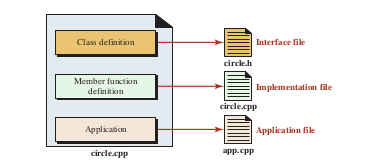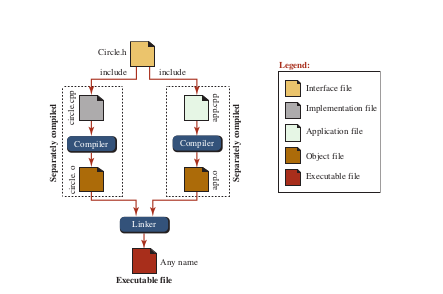It's based on concept of calling procedure/funtions
A technique that consists of well-structured & separated modules
Follows logic of a program - it requires more discipline at the design and logical structuring stage
In procedural programming, we needed to only write an application program (the main function and some other functions) to use objects of built-in types
C++ has many predefined (built-in) types such as int, double, char, & bool
Example; C

